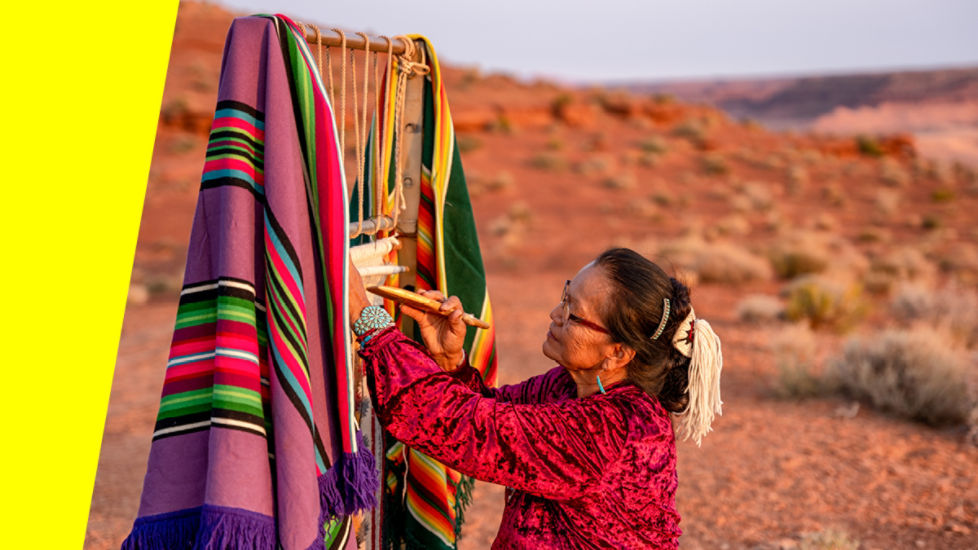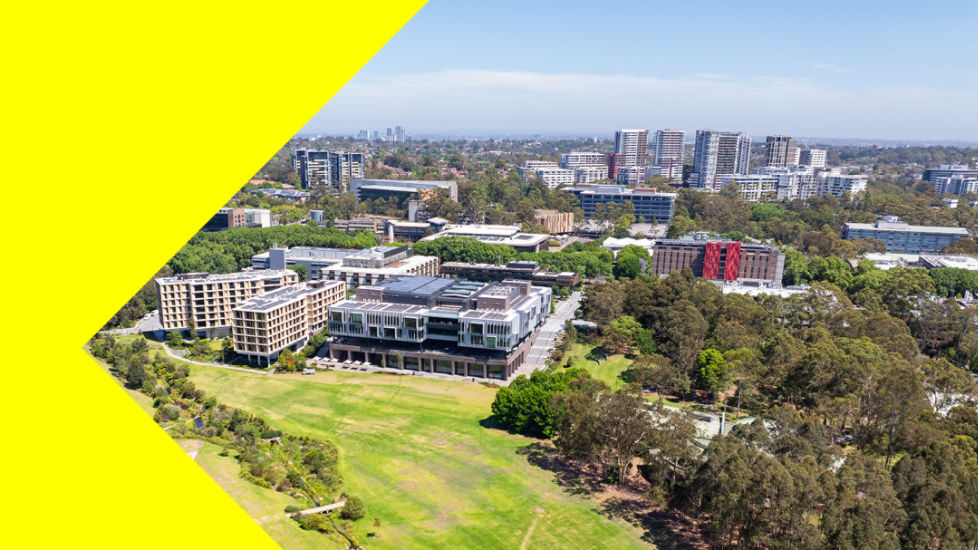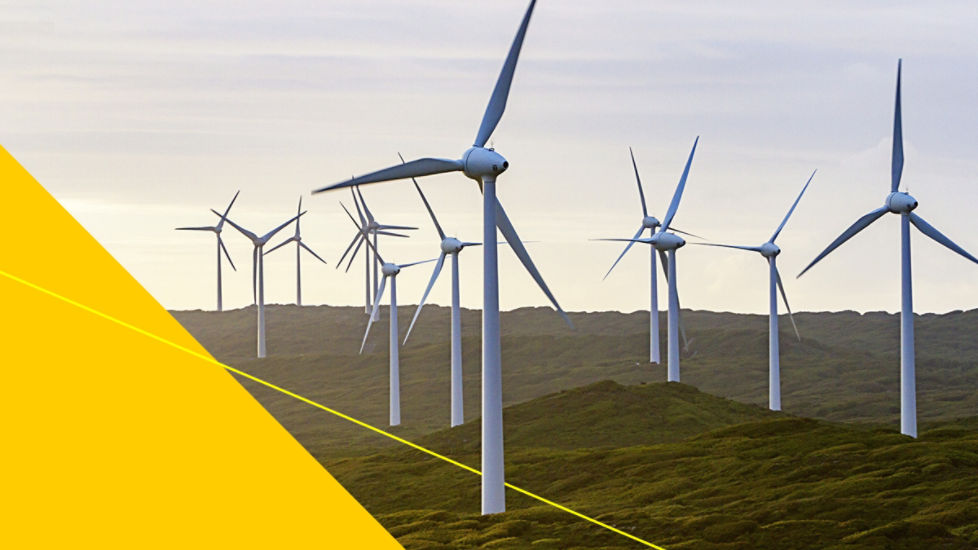Key points
- Activities that generate carbon credits closely align with how Indigenous communities traditionally care for Country.
- Putting a financial value on conservation means Indigenous groups can sell carbon credits to non-Indigenous businesses.
- As well as providing income, it’s an opportunity for two-way learning between Indigenous communities and corporate Australia.
“Australia boasts over 15,000 Indigenous businesses nationwide, with an extra 10% being added each year. But Indigenous businesses and communities have often been overlooked by broader Australian markets”, says Clark Donovan, a Gumbaynggirr and Gunditjmara man and CommBank’s Associate Director of Indigenous Carbon Credits.
But that could change as Australia’s carbon credit market begins to take root.
This carbon market effectively commoditises environmental conservation. It means organisations that help reduce Australia’s net carbon emissions can sell a credit for that work to businesses looking to offset their own emissions.
Activities that generate these credits include:
- reforestation and carbon capture
- investing in renewable energy infrastructure
- improving an organisation’s energy efficiency
- implementing more emissions-efficient agricultural practices
- planned burning for fire abatement and savanna fire management.
These activities closely align with the cultural values of Indigenous communities, Donovan told the recent sustainability conference, Momentum, and are an opportunity to better engage with Indigenous businesses.
“It's not every day a new commodity creates itself. And for Indigenous people, that connection to Country and the traditions that have been handed down for generations seem to flow into this aspect of caring for Country,” he says.
“This [carbon market] is one way that we could partner up our traditions and customs in a respectful way that helps us develop as a people, but also contribute back to Country.”
Indigenous perspectives on capital and Country
A hurdle in previous engagements between Indigenous and non-Indigenous businesses is the fundamental difference in how these groups value capital and the environment.
John Brisbin, a non-Indigenous man working as a scientific support officer for Kowanyama Aboriginal Shire Council in Far North Queensland, says these differences can create a “deep tension”.
“If you think about what's driving the pace of what we do in our lives in this [Western] culture, it’s about the reproduction of capital. We're all busy doing something to reproduce capital,” he says.
“If you put that in contrast to what [Europeans] found when we got here, you have 60,000 years of experience of reproducing Country. It’s a Country-centric culture.”
The carbon market could link these different ways of seeing the world. Like Donovan, Brisbin notes that the commodification of conservation can raise profound questions. However, if done properly, it could also integrate Indigenous custodianship with non-Indigenous businesses, to the benefit of both.
Businesses can partner with Indigenous communities to offset emissions and Indigenous communities can access new sources of income.
It’s a partnership that could give Indigenous Australians a greater degree of self-determination, says Donovan.
“When I grew up, I had to move off Country to come to Sydney to learn and study. I didn't have the opportunities in my land to learn and also have a stable job.”
“The carbon market [represents] a really strong opportunity in connecting Indigenous communities with self-determination and also having financial stability.”
An opportunity for two-way learning
In Kowanyama, on the western side of Cape York, carbon credit projects are already underway. The rangers conduct savanna burning throughout the region with the goal of reducing fuel load and the risk of severe dry season bushfires. In traditional culture, this practice also helps regenerate native vegetation. The Kowanyama Rangers are composed of representatives from each of the various clan groups, including the Kunjen people whose traditional country includes the Oriners-Sefton properties.
Many of these young rangers recognise that the carbon project offers a direct connection to their culture, taking care of the Country, getting re-connected, and encouraging abundance and regeneration.
Although the Kunjen cultural leaders support corporate Australia’s growing interest in the work the rangers are doing, they are keen to see more representatives from the business world visit them on Country and witness the savanna burning first-hand, to strengthen the ties between Country and companies. Their desire is to create a shared culture where the priorities of country are as least as important as the priorities of capital.
This resonates with Caitlin Leslie, a Noongar woman and Indigenous Employment Manager, Generation One at Minderoo Foundation.
Generation One’s 2022 Indigenous Employment Index – the first of its kind – highlighted that this type of two-way learning is vital for reconciliation and the ongoing success of these partnerships.
Leslie points to procurement from Indigenous businesses as an example of this in action.
“The two-way learning you get when procuring from Indigenous business is so much deeper than I think most of you realise,” she says.
“The two-way learning will support organisations to have a better culturally safe workplaces and processes for my mob, which will enable Indigenous employees and communities to thrive.”
She also encourages business leaders to pause and consider how their organisation is supporting Indigenous staff on a holistic front, rather than being reactive in their policies.
Our Indigenous engagement experts
Clark Donovan is a proud Gumbaynggirr and Gunditjmara man and is currently the Associate Director of Indigenous Carbon at the Commonwealth Bank. He is passionate about creating opportunities for Indigenous communities to engage and enter Australia’s carbon market. He studied a Bachelor of Laws and Languages in Mandarin Chinese at the University of Technology, Sydney. He also studied abroad at the Beijing Institute of Technology (北京理工大学), Sun Yat-sen University in Guangzhou (中山大学), and in Peru at Pontificia Universidad Católica del Perú.
Caitlin Leslie is a proud Noongar woman and the Indigenous Employment Manager at Generation One at the Minderoo Foundation. Over the past two years, she has been a key member of the 2022 Indigenous Employment Index research team and leads the Indigenous Employment Network comprising over 100 employers. In her current role, she supports organisations to build strategic Indigenous employment/cultural capability through building inclusive workplaces where Indigenous employees can thrive and have meaningful careers. Her background is in leadership and development and the vocational education and training sector which has seen her support jobseekers and Australian Government youth employment programs across Western Australia.
John Brisbin is the Science Support Officer for Kowanyama Aboriginal Shire Council. He brings a 30 year history of developing and applying digital tools to real-world problems, from spatial analysis of biophysical data to systems facilitating improved governance and public accountability. At Kowanyama he assists Council and the Indigenous Rangers in management of the 300,000ha Oriners-Sefton Carbon Project (Savanna Burning, 2015 Method) which has been generating between 10,000 and 50,000 ACCUs per year. With a background in organisational development and complex systems design, he is keen to see the emergence of an ecological economy where the role of capital is to facilitate biological flourishing across the spectrum of the living world.
To watch this session on-demand or explore other content from CommBank Momentum 2022, visit Momentum.




